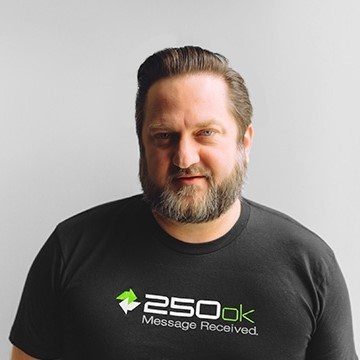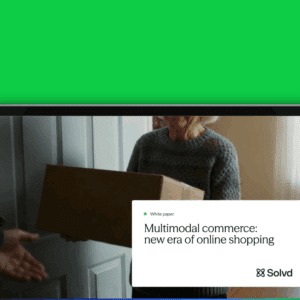By Joe
Montgomery, 250ok

According to a recent eMarketer survey, 44% of
respondents plan to increase spending on email marketing programs this year.
Email has proven itself as a profitable marketing tool, but even the best email
marketing programs are useless without subscribers. Since 2014, we’ve collected
data on how the top retailers collect email subscribers, including the
discounts they offered, personal data they collected and more.
Before diving into how, though, we must determine who.
Who is the modern email user? Our friends at Adestra surveyed 1,245 US consumers aged 14-67 to
answer this question. Not surprisingly, respondents in all age categories use
email, with Gmail being the most popular mailbox provider among 14-18 (83.5%),
19-34 (77.3%), and 56-67 (42.5%) age groups. Additionally, the study found more
than seven in 10 survey respondents chose email as their preferred method of
communication with a brand.
Discount Me
People like to get something in exchange for giving
something — and your customers are no exception. Our most recent analysis
revealed 48.3% of retailers incentivized consumers to sign up for their emails,
up 10& from 2016. Percentage-off offers were the most popular incentive,
followed by free shipping, dollar-off promotions, and sweepstakes
opportunities. Additionally, we found “10% off” a purchase was the most common
percentage-off incentive. What do consumers expect when signing up for
marketing emails and what kind of experience are retailers providing? According
to the Adestra survey, 85% of respondents signed up to receive a brand’s emails
to get discounts, followed by product and service updates.
Socially Speaking
Some retailers allow consumers to sign up for
emails via social media. This approach allows consumers to use a Facebook
profile or other social media platform to create an account with the retailer.
We found less than 30% of retailers offering email sign-up allowed for a social
sign-up. Of those offering the social signup option, we counted eight potential
account types, the most popular being Facebook, Google and Twitter. Through
Facebook social sign-up, the most common request was for access to a consumer’s
Facebook profile. Surprisingly, we found only 86.8% wanted an email address
through Facebook, a substantial drop from last year’s 97%.
What’s In A Name?
In the 2017 survey, we found only 29.5% of
retailers offering email sign-up asked for a name, down 10% from last year.
Other types of data collection upon sign-up include location, birthday and
gender. For all data points besides gender, which stayed flat, the request for
personal information decreased from 2016. This can possibly be attributed to
the desire to minimize friction in the sign-up process.
What Now?
For retailers looking to up their email
marketing game, the implications are many. Offering an incentive, whether it be
a discount, free shipping, or a chance to win a prize, proves to be the fastest
way to grow your email marketing list. Additionally, offering a social sign-up
option and reducing the number of personal questions could be beneficial for those
customers preferring a quick opt-in.
Joe Montgomery is the VP of marketing at 250ok, an email
analytics and deliverability platform. He is based in Indianapolis, Ind. Twitter:
@jmontgomery317






